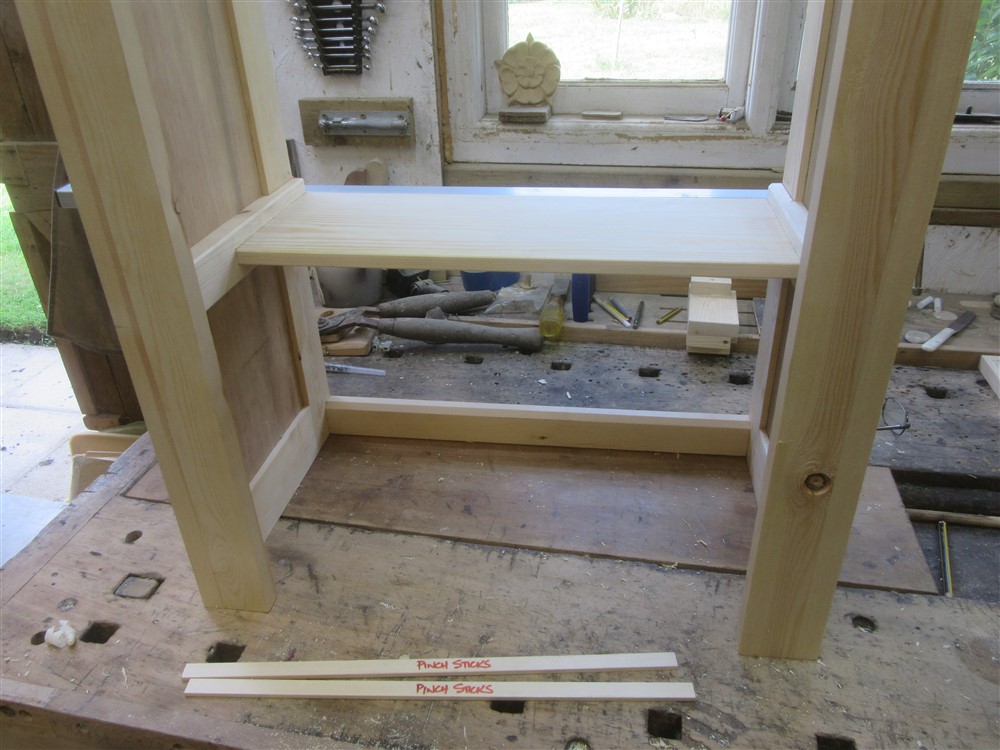One thing I have very recently learned, that has increased my accuracy a lot, is that when laying out with a tape measure instead of just trying to pencil mark a specific line (which never in the past worked out for me even though at the time I wasn't aware) I can put a combination square or similar ) against the piece and across the tape.
This way I can be very precise when marking up pieces that are too long for a gauge or similar, it has " upped my game ".
What have been your brake through moments when marking and measuring?
I am embarking upon a journey into becoming the best possible woodworker I can be, I would love to hear the experiences of others that have gone before me.
Thank you
This way I can be very precise when marking up pieces that are too long for a gauge or similar, it has " upped my game ".
What have been your brake through moments when marking and measuring?
I am embarking upon a journey into becoming the best possible woodworker I can be, I would love to hear the experiences of others that have gone before me.
Thank you

































